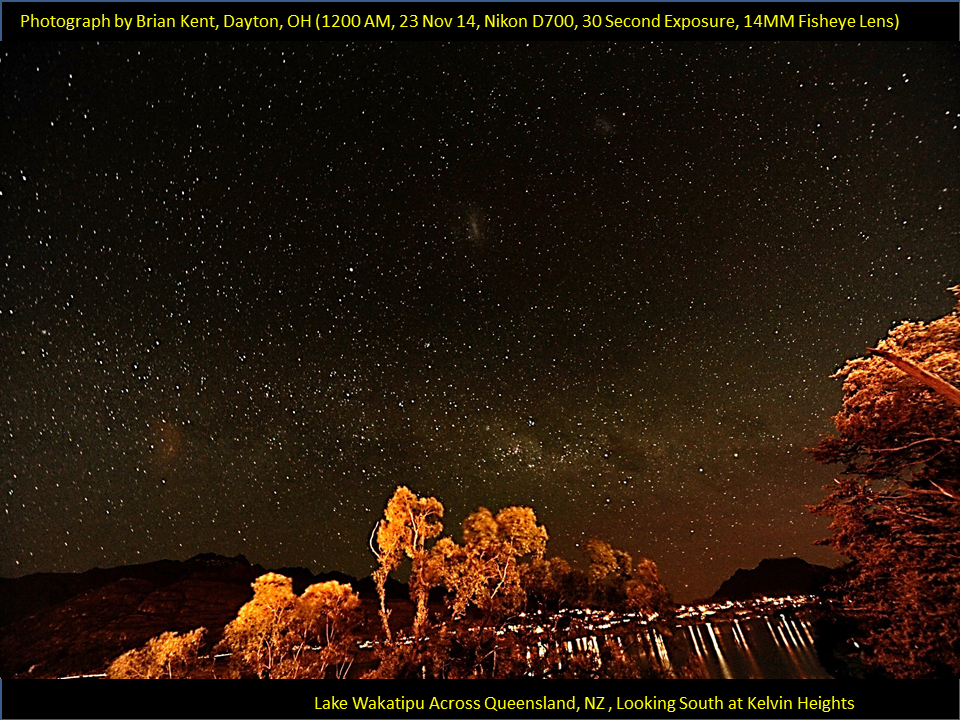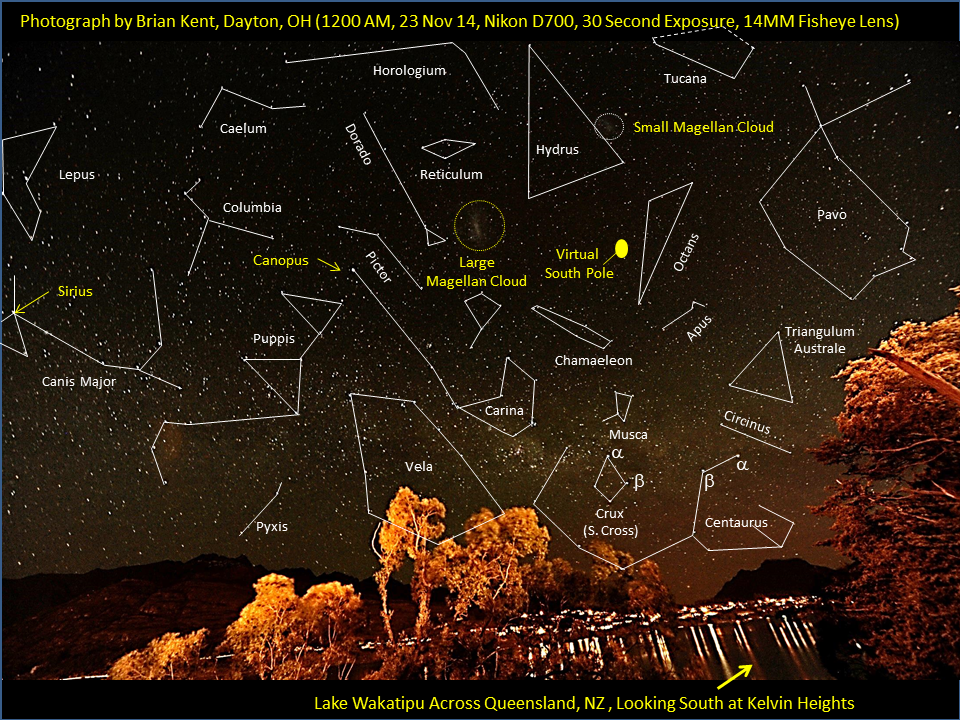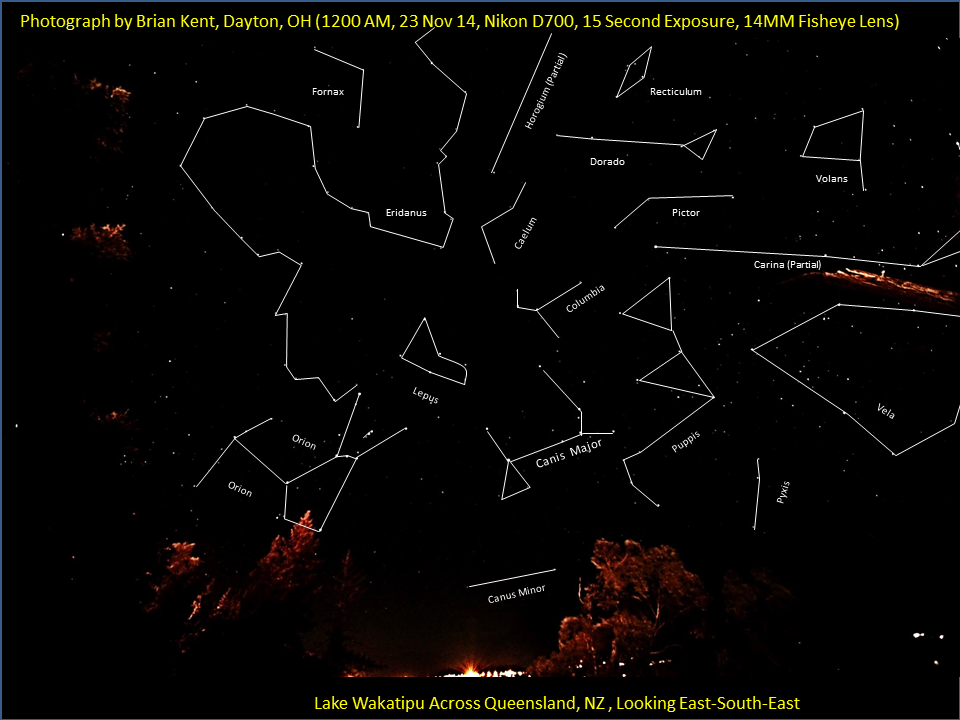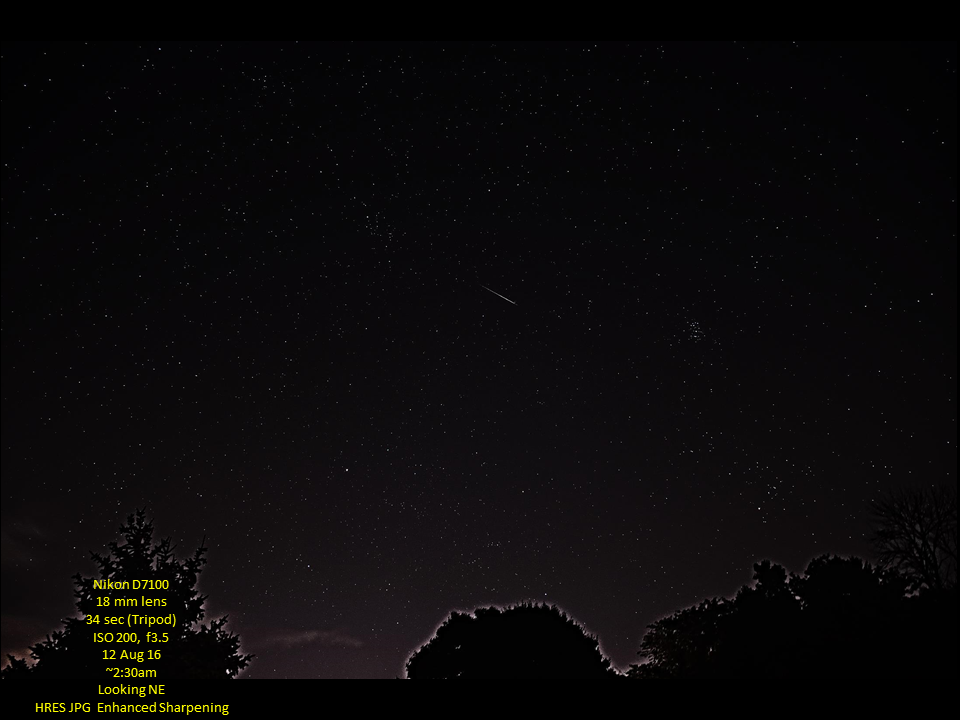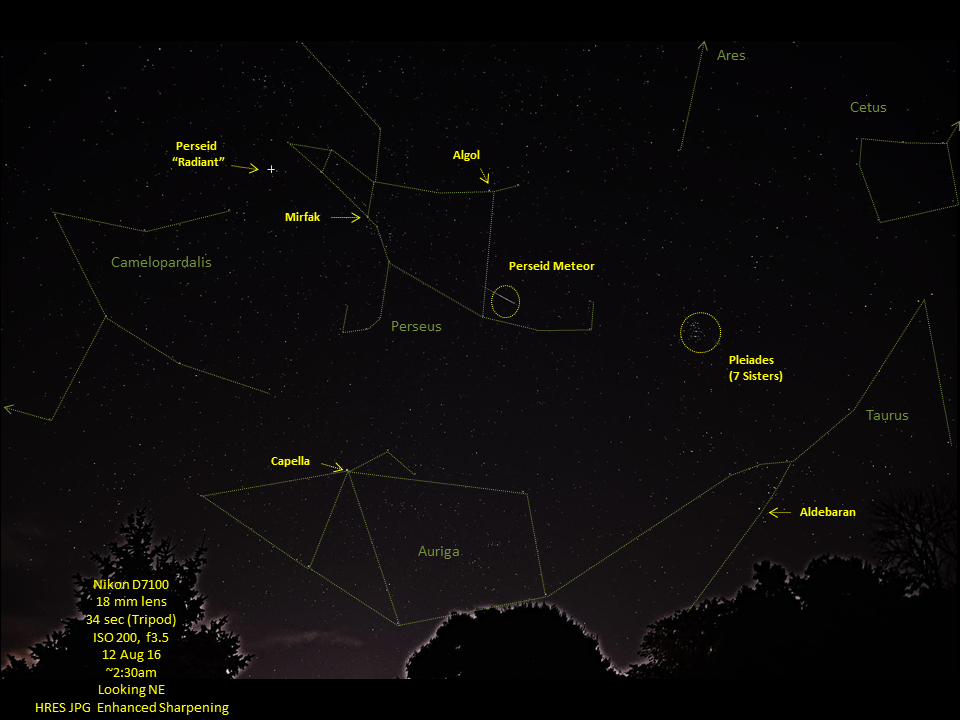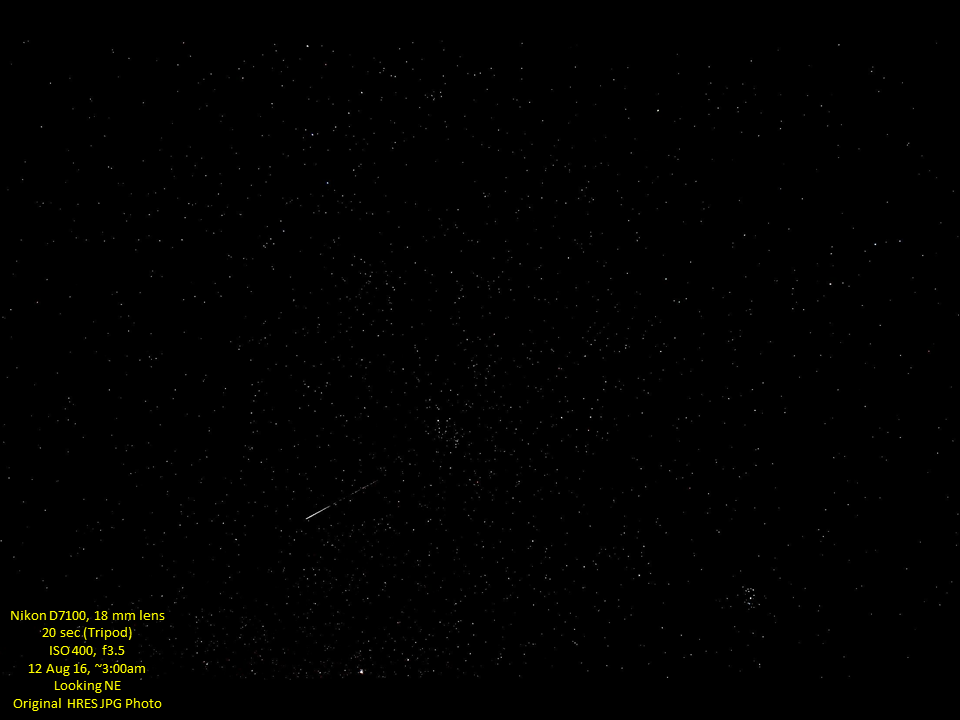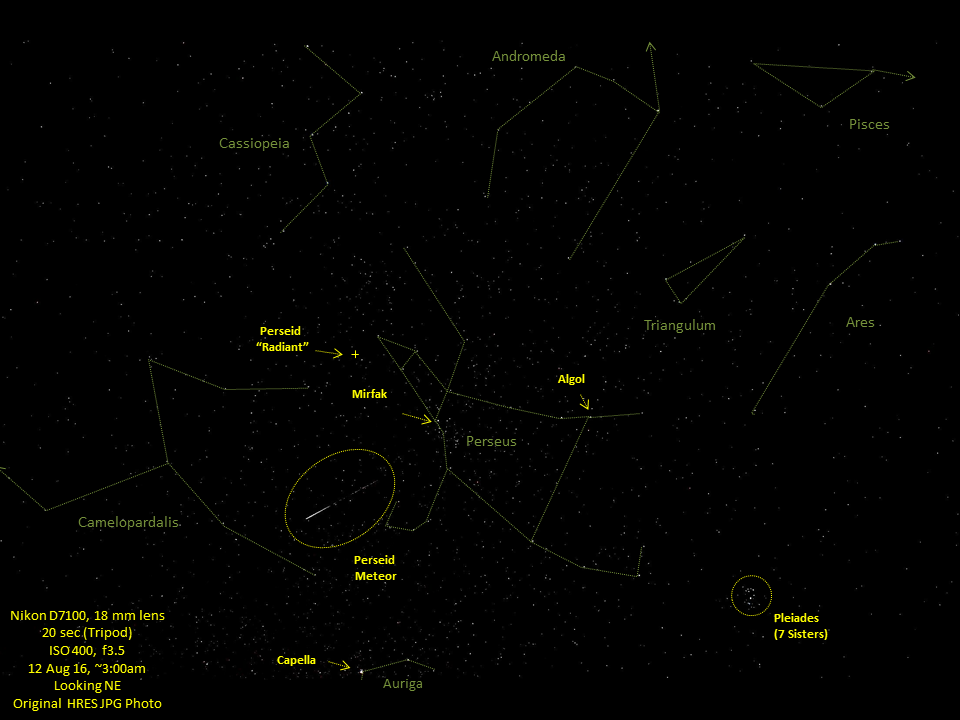Constellation Overlay Photography
If you are new to Astronomy and Astrophotography, or are thinking of getting started taking simple pictures, probably one of the most challenging things to a newcomer is to learn your way around the night sky. Whether you live in a light polluted city, or have dark country (or mountain) skies, figuring out where stars and planets are can be very discouraging. However, here is a fun project that you can do to help yourself become familiar with the night sky. It involves a tiny bit of work on the internet, and some simple photographs taken at night right in your back yard or perhaps out in the country away from city lights. The project will help you read a star map, and possibly trace your own constellations in night photographic skies. Sound like fun?
To show how that works, I have a couple of files and pictures I will share here. The photography involves a simple tripod for your camera (cell cameras work great too) and the ability to remotely trigger a 15 to 60 second night time exposure without touching the camera shutter. (In other words, if you use a timer or a remote shutter release, your hand won't induce vibration and cause the camera to mechanically move when you press the shutter button and make the picture fuzzy).
Overlay of Southern Constellations
The first set of photos I took were from a November 2014 trip to Queenstown, New Zealand. I had never seen the Southern Constellations in my life, so ther than the "southern cross" and "upside down Orion", I couldnt figure anything out. I simply took some wide angle pictures at night of the southern skies near my hotel room. Once I came home, I searched the internet for a simple southern hemisphere star chart, and compared my pictures to those charts. Using power point (or Photoshop or the free GIMP program), and by adjusting the darkness and contrast of my pictures, I then slowly drew in the constellations. Here is a before/after picture of what that looked like. Notice in the second photograph, the familiar northern constellation of "Orion" is upside down, an artifact of taking the picture from "down under!"
Original Photograph 1 (18 mm lens, Nikon D700, 30 Second Exposure, Queenstowwn, NZ.)
Original Photograph 1 With Southern Constellation Overlays
Original Photograph 2 (18 mm lens, Nikon D700, 30 Second Exposure, Queenstowwn, NZ.)
Original Photograph 2 With Southern Constellation Overlays
Overlay of Northern Constellations...With Meteors too!
On August 12, 2016 I decided to try to photograph some meteors using the same setup for constellation photography. This time, I turned my camera north east (NE) of my home driveway, and started snapping pictures about 2:30am in the morning. Again, I did two overlays, each with the camera slightly positioned differently. Notice I also captured a Perseids meteor in each photograph, a bonus! You might capture an airplane (red blinking light trail) or even a Sattelite if you're lucky.
